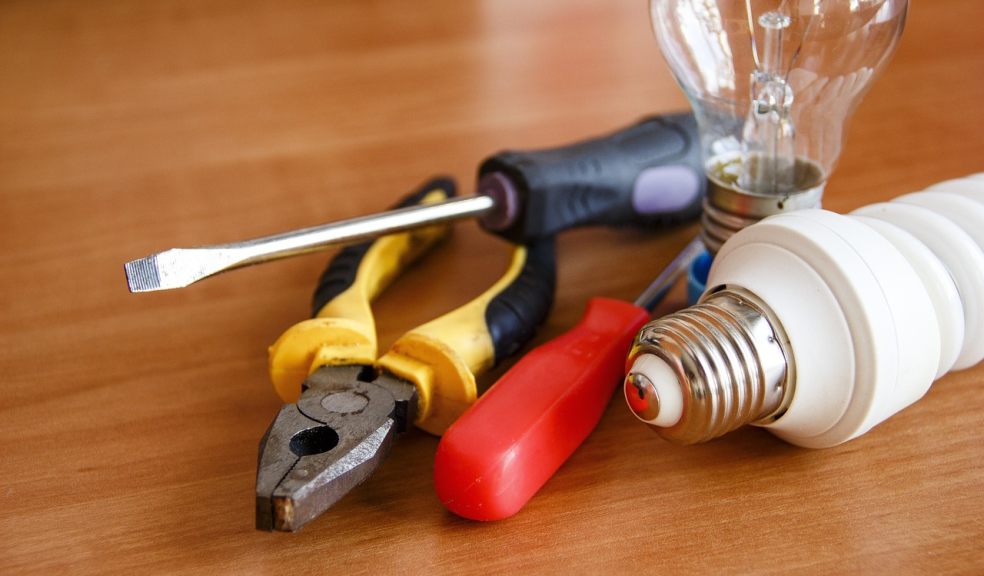
Essential Electrical Safety Tips for DIY Enthusiasts
Engaging in DIY projects can be both gratifying and cost-effective, but safety, particularly electrical safety, should always be a top priority. Working with electricity poses significant risks, including electric shocks, fires, and other injuries. This article will provide practical safety tips to help DIY enthusiasts tackle electrical projects safely and effectively. Following these tips will ensure that your DIY projects are not only successful but also safe for you and your household.
Understand Basic Electrical Terminology
Navigating electrical projects begins with understanding basic electrical terminology. Three fundamental terms are volts, amps, and watts. Volts refer to the electrical pressure that pushes electrical current through a circuit. Amps measure the amount of electrical current flowing through a circuit, while watts describe the power consumed or produced by an electrical device.
Equally important is the knowledge of wire color codes. In Australia, the standard colour code for electrical wiring includes red for active wires, black or blue for neutral wires, and green/yellow for earth wires. Understanding these colours helps in correctly identifying and connecting wires.
A circuit breaker is another crucial component in any electrical system. It protects electrical circuits from damage caused by excess current due to an overload or short circuit. When a circuit breaker trips, it interrupts the flow of electricity, preventing potential damage or fires.
Neglecting to understand these terms and components can lead to serious safety risks, including incorrect wiring, electrical shocks, or even electrical fires.
Invest in the Right Safety Gear
Safety gear is essential for anyone undertaking electrical work. This includes gloves, goggles, and insulated tools. Electrical work gloves protect against electric shocks and burns. Safety goggles prevent eye injuries from sparks or debris, while insulated tools protect from electrical contact.
Non-conductive ladders, made from materials such as fibreglass, are vital as they do not conduct electricity, reducing the risk of electric shocks.
Proper footwear is also important — shoes with rubber soles provide extra insulation and minimise the risk of electrical hazards. Additionally, safety clothing, like flame-resistant overalls, can significantly reduce the risk of injury from electrical sparks or fires.
Always Turn Off Power at the Source
Before starting any electrical work, always turn off the power at the source. Locate your main electrical panel, typically found in a utility room or garage. Turn off the relevant circuit breaker to prevent any accidental shocks.
After switching off the power, use a voltage tester to double-check that it is off. This simple but crucial step ensures your safety.
Additionally, inform household members about the electrical work you are conducting. This helps avoid accidental reactivation of the power while you work.
Failing to turn off the power can have dire consequences, including severe electric shocks, burns, or even fatalities.
Test and Inspect Tools Before Use
Always test and inspect your tools before using them. Check for any signs of damage, such as frayed cords or cracks in the tool casing. Damaged tools can cause short circuits or electric shocks.
Ensure that your tools have insulated grips, which provide an extra layer of protection against electric shocks.
Testing your tools with a voltage tester before starting work is also a good practice. Regular maintenance and inspection of your tools ensure they remain in good working condition, reducing the risk of accidents.
Avoid Overloading Circuits
Circuit overloads occur when too many electrical devices draw power from the same circuit. This can cause overheating and potentially lead to fires. Common causes of power outages include overloaded circuits.
To avoid overloading, first identify the maximum load your circuit can handle. This information is usually found on your electrical panel. Pay attention to warning signs of an overloaded circuit, such as flickering lights, buzzing outlets, or frequently tripping circuit breakers.
If you suspect an overload, turn off some devices and redistribute the electrical load to different circuits.
Follow Proper Wiring Techniques
Using the correct wiring techniques is vital for electrical safety, so start by following the guidelines for properly connecting wires. Always use junction boxes for connections, and make sure to use the proper wire gauge, which corresponds to the electrical load and distance.
Securely fasten wires to avoid any strain that could cause disconnections. After completing your wiring, use a tester to check the connections. Testing ensures that all connections are secure and functioning correctly, preventing potential electrical hazards down the line.
Conclusion
Electrical safety should never be compromised when tackling DIY projects. DIY enthusiasts can significantly reduce the risks associated with electrical work by understanding basic electrical terminology, investing in the right safety gear, turning off power at the source, testing and inspecting tools, avoiding circuit overloads, and following proper wiring techniques.
Prioritising safety ensures that your DIY projects are not only successful but also safe for everyone involved. Remember, if ever in doubt, seeking professional assistance is always the best course of action. Safety should always come first, and these tips are designed to help you achieve just that.













